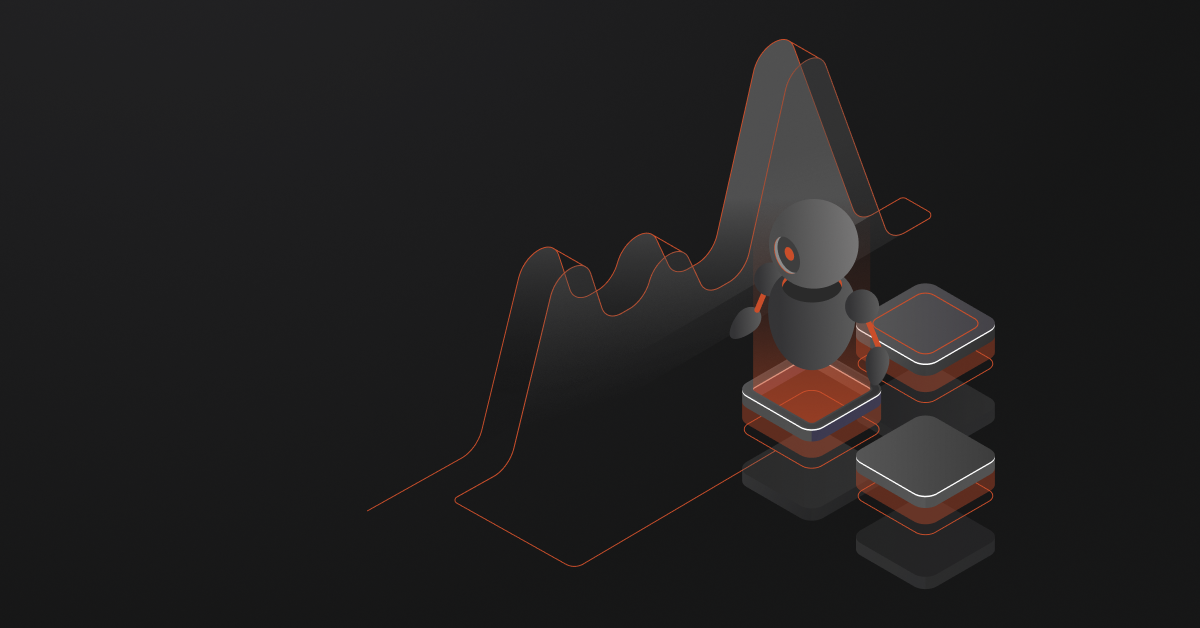Time series analysis
Time series analysis is the process of getting insights and observations from the collection of data over time. For example, every e-commerce store has sales data which is time-dependent data because we measure sales per day/week/month/year, the sales data is collected repeatedly with a specific time. such data can be used to process and get further meaningful insights from data.
Components of Time-Series Analysis:
- Trends
- Seasonality
- Irregularity
- Cyclicity

Trends:
The trend in time series means overall pattern direction upwards or downwards. When a time series analysis shows a general pattern that is upward it is called an uptrend, and when the trend shows a lower pattern it is called a downward trend. Example in Ecommerce data we can analyze the trend of products based on sales (Note: Trends were not permanent, only at a specific period of time we can measure either it falls in uptrend or downtrend)
Seasonality:
Seasonality is a repeating pattern within a fixed period of time. For example, most of the Ecommerce time series data shows seasonality about the sales revenue in the holiday season. when we analyze the pattern we can easily observe the seasonal purchase behavior spikes during the holiday season
Irregularity:
It can be considered as noise in the data. This happens only for a short duration and it is non-repeating. It is a random part of the data. There is no specific pattern, which makes it difficult to be factored into the analysis.
Cyclicity:
The cyclic pattern is similar to seasonality but the duration is undefined, and the gap length of time between two cycles is unknown.
Uses of time series analysis:
One of the common applications of time series analysis is forecasting which means predicting the patterns for the future based on the historical dataset. In Ecommerce time series analysis can help in
– Sales forecasting
– Churn forecasting
– Product demand forecasting

Sales forecasting:
Sales forecasting is the process of predicting the future revenue for a specific timeframe and helps in making better decisions.
Churn forecasting:
Churn forecasting is the process of predicting a number of customers likely to be not repeating again. Time series prediction helps to identify churn customers so that better decisions can be made to prevent them.
Product demand forecasting:
Demand forecasting is the process of predicting the future demand for products using historical data that helps in better inventory management by preventing out-of-stock and avoid overstock.
Conclusion:
Time series prediction has a lot of applications, insights from time series prediction can be used for making better business decisions




